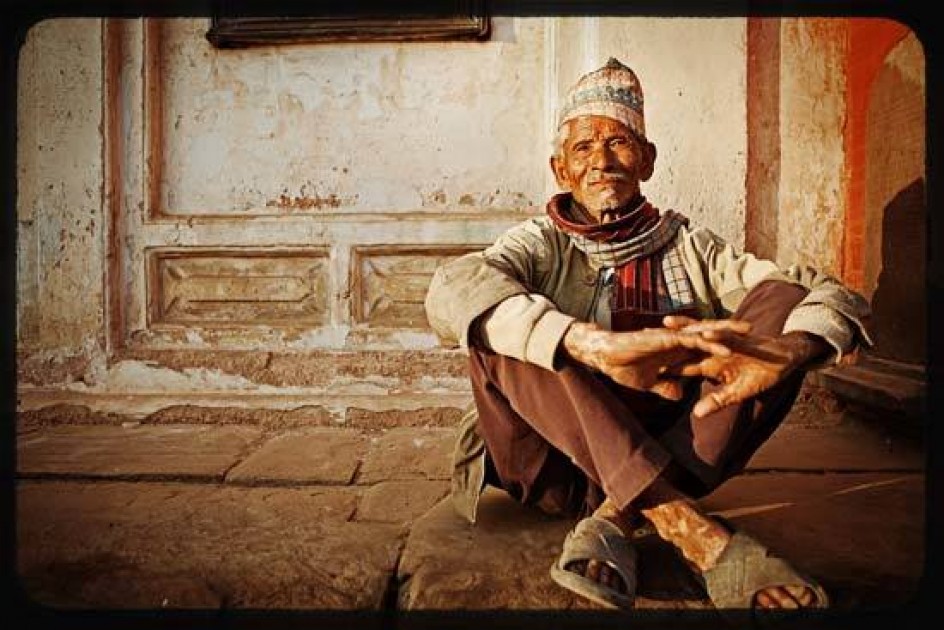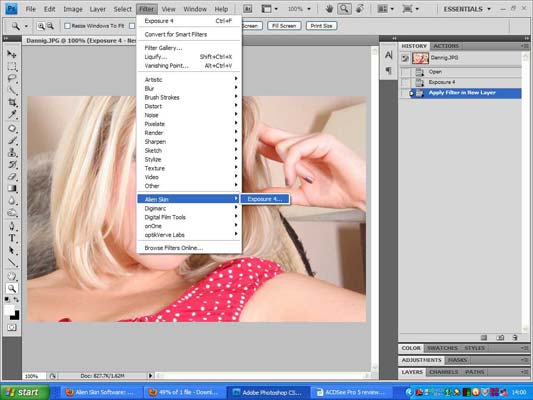
Granted, we were sliding the adjustment to the extreme ends to see what they would do. Sliders aren't the same story though and we had to close down the program once or twice to kill it as it got stuck in a process. There are six tabs in total for colour, tone, focus, grain, infra-red and age.Īs we explored the program, we found that modifications using buttons or menus were addressed to the picture immediately and we're impressed with how fast it actually is. In the centre of the main Exposure 4 window is a larger preview version for you to make manual amendments to the picture, which are listed to the right in tabs.

There's also a search box for you to type the name of a film when you have the hang of the program.

You can tick a button to filter out just colour or just B&W if you please. The same is repeated with colour film while at the bottom there are three options for Cross processing, Lo-fi and Cross processed lo-fi. There are lists for low contrast, vintage, infra-red, split toning or tonality. The rest of the B&W tabs will split that list up depending on how it affects the picture, which is another new feature. This will list every black and white film simulation they have in the presets. There are 23 drop-down tabs with what – on the surface at least – looks like hundreds of options. The number of presets available in Exposure 4 is huge. A small preview of the image is at the top and one of the new features is that as you hover over the film presets, the picture will change to give you an idea of what it will look like if you OK it. The screen is split into two main sections with the presets on the left only taking around a third of the space.

Once the Exposure 4 window is open, there's a lot to see. Aside from the lack of consistency, either way, it doesn't really matter. We found that sometimes Exposure 4 would automatically launch over that window and we had to click the red cross to start it up. A warning window will tell you that Exposure 4 is open in a new window and to return to Photoshop you need to press OK or Cancel. To open the program once it's installed, you have to launch Photoshop, make sure you have an image open and go to Filters, Alien Skin, Exposure 4.

The download and installation of Exposure 4 is easy and fast from the Alien Skin website. If you're unsure about spending $249 without trying it, Exposure 4 is currently available on a free trial. For new users, the full price is $249 for Exposure 4 but if you're upgrading you pay $99. Popular classic films are accurately simulated, like Kodachrome, Polaroid, and Panatomic-X. In this review, we'll be taking a look at the fourth version which offers an improved, speedier interface, new controls and effects and a number of new presets which will help get you started if you've never used the program before. Exposure from Alien Skin Software is an Adobe Photoshop/Lightroom plug-in that replicates film and quirky camera effects.


 0 kommentar(er)
0 kommentar(er)
